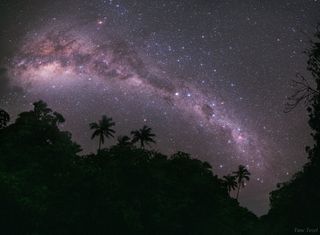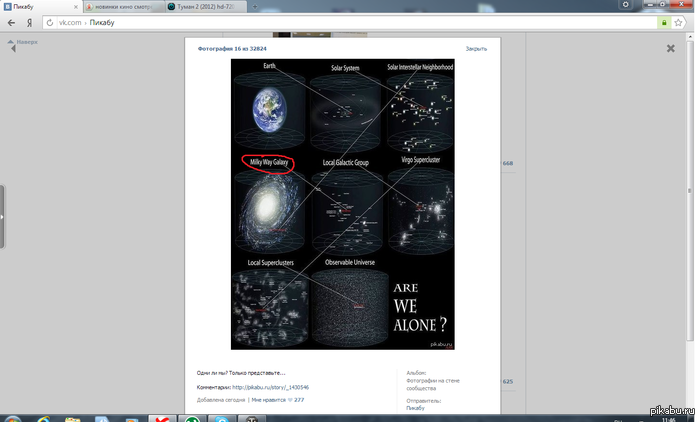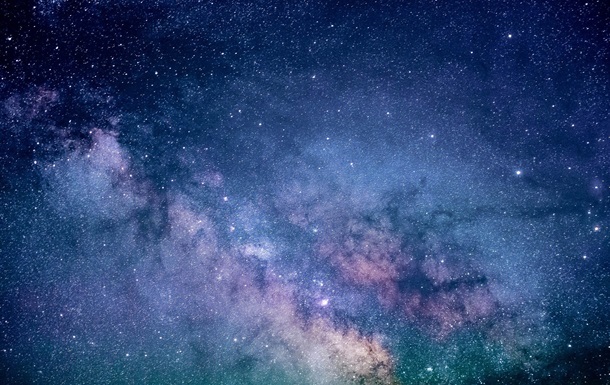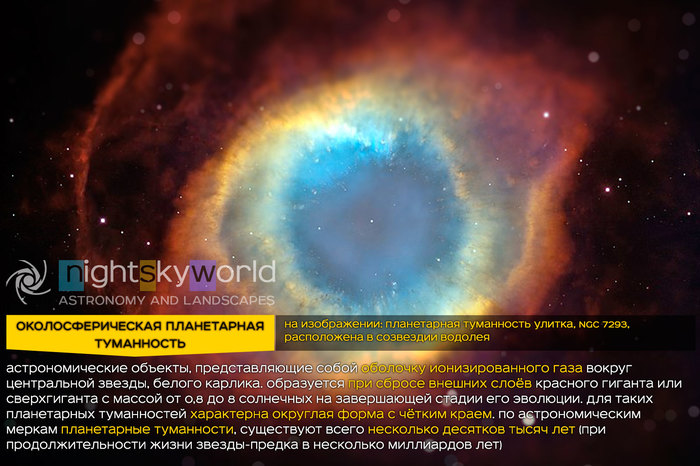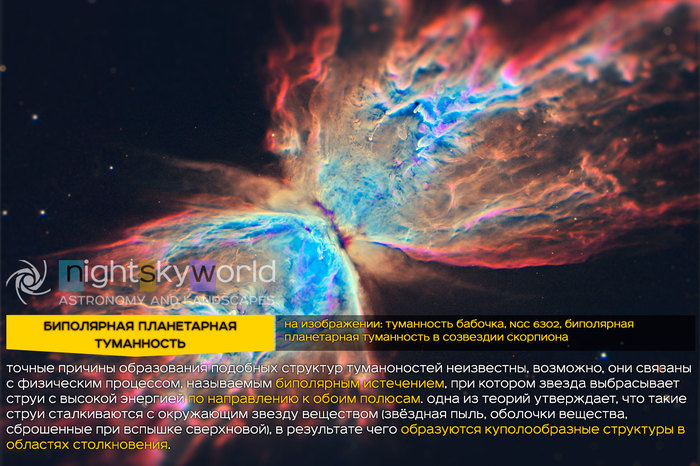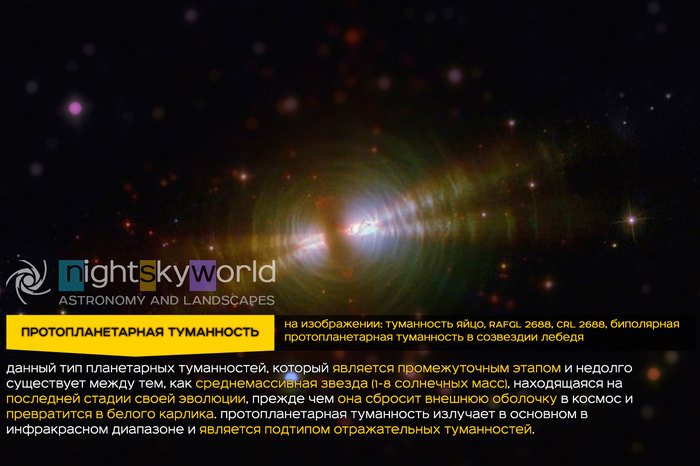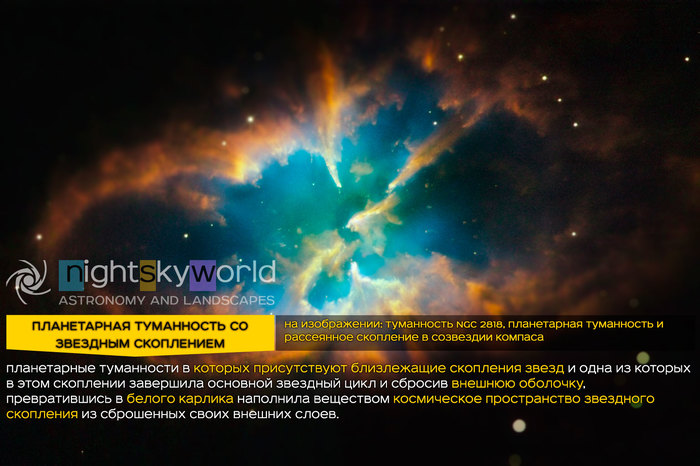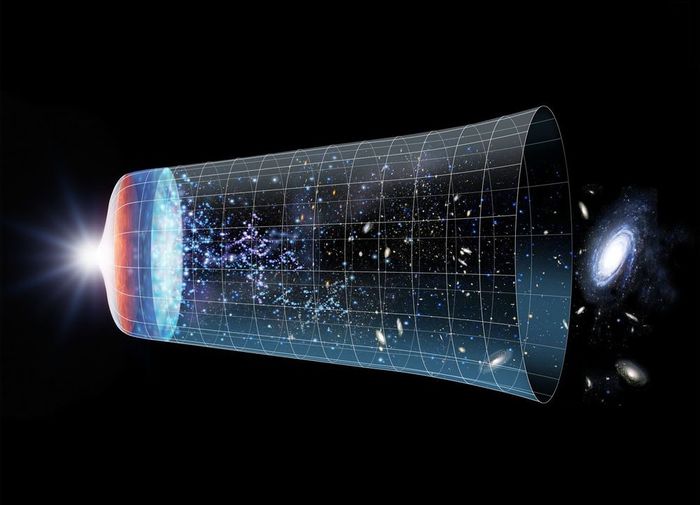NASA — National Aeronautics and Space Administration
Mission News
Not counting transient events such as gamma-ray bursts, the brightest object in the gamma-ray sky is the plane of our Milky Way Galaxy. This glow results from a vast sea of cosmic-ray particles slamming into interstellar gas and dust, generating gamma rays. In fact, 75% of the gamma rays in our galaxy come from these cosmic-ray interactions. This bright gamma-ray glow gives the GLAST science team a golden opportunity to study the structure, composition, and dynamics of the interstellar material that pervades our home galaxy.
But as Large Area Telescope science team member David Thompson of NASA Goddard, explains, «It’s not easy to understand something when you’re in the middle of it.» Adding to the complexity is the fact that our galaxy is filled with many different types of particles and energy sources, including protons, electrons, electromagnetic radiation, magnetic fields, and so forth — most of which have not been accurately measured.
To study our galaxy, theorists create models of how these different particles interact with magnetic fields in different locations and with different strengths. Astronomers can then compare these models to actual observations made at radio, infrared, optical, ultraviolet, and X-ray wavelengths to see how well they match the data. The LAT will contribute vital data that will enable theorists to constrain and improve their models.
Image right: Artist’s concept of the Milky Way Galaxy. GLAST will provide detailed information on where stars are forming. Credit: NASA JPL
+ High resolution image
For example, the EGRET instrument on NASA’s Compton Gamma-ray Observatory saw hints that there may be clumps of gas in our galaxy that are not seen by radio telescopes. GLAST observations of the galactic plane should be able to help astronomers pin down whether or not these clumps are real. They might also reveal changes in the interstellar medium due to recent supernovae.
Having an accurate model of gamma-ray production within our galaxy is not only important in its own right, it is vital for the measurement of localized gamma-ray sources. The sources are seen against the bright background of the Milky Way glow. If the galaxy is not modeled correctly, then information about other objects could be distorted. As GLAST Program Scientist F. Rick Harnden Jr. notes, «The same gamma rays that measure galactic structure are also a background for other observations.»
Источник
Milky Way Galaxy: Facts About Our Galactic Home
By Nola Taylor Redd 14 November 2017
The Milky Way Galaxy is most significant to humans because it is home sweet home. But when it comes down to it, our galaxy is a typical barred spiral, much like billions of other galaxies in the universe. Let’s take a look at the Milky Way.
Location, location, location
A glance up at the night sky reveals a broad swath of light. Described by the ancients as a river, as milk, and as a path, among other things, the band has been visible in the heavens since Earth first formed. In reality, this intriguing line of light is the center of our galaxy, as seen from one of its outer arms.
Understanding the structure of the Milky Way has long been challenging. The solar system sits on the outer edges of one arm in a disk of material, and no one can see across the dense center to the other side.
«The sun’s location within the dust-obscured galactic disk is a complicating factor to observe the galactic structure,» Denilso Camargo, of the Federal University of Rio Grande do Sul in Brazil, said in a statement.
The Milky Way is a barred spiral galaxy, about 100,000 light-years across. If you could look down on it from the top, you would see a central bulge surrounded by four large spiral arms that wrap around it. Spiral galaxies make up about two-third of the galaxies in the universe. [Infographic: Our Milky Way Galaxy: A Traveler’s Guide]
Unlike a regular spiral, a barred spiral contains a bar across its center region, and has two major arms. The Milky Way also contains two significant minor arms, as well as two smaller spurs. One of the spurs, known as the Orion Arm, contains the sun and the solar system. The Orion arm is located between two major arms, Perseus and Sagittarius.
The Milky Way does not sit still, but is constantly rotating. As such, the arms are moving through space. The sun and the solar system travel with them. The solar system travels at an average speed of 515,000 mph (828,000 km/h). Even at this rapid speed, the solar system would take about 230 million years to travel all the way around the Milky Way.
«Spiral arms are like traffic jams in that the gas and stars crowd together and move more slowly in the arms. As material passes through the dense spiral arms, it is compressed and this triggers more star formation,» said Camargo.
Our galaxy is surrounded by an enormous halo of hot gas that extends for hundreds of thousands of light-years. The gas halo is estimated to be as massive as all of the stars in the Milky Way. Like the galaxy itself, the halo is spinning rapidly.
«This flies in the face of expectations,» Edmund Hodges-Kluck of the University of Michigan said in a statement. «People just assumed that the disk of the Milky Way spins while this enormous reservoir of hot gas is stationary – but that is wrong. This hot gas reservoir is rotating as well, just not quite as fast as the disk.»
Curled around the center of the galaxy, the spiral arms contain a high amount of dust and gas. New stars are constantly formed within the arms. These arms are contained in what is called the disk of the galaxy. It is only about 1,000 light-years thick. [Photo Gallery: Stunning Photos of Our Milky Way Galaxy]
At the center of the galaxy is the galactic bulge. The heart of the Milky Way is crammed full of gas, dust, and stars. The bulge is the reason that you can only see a small percentage of the total stars in the galaxy. Dust and gas within it are so thick that you can’t even peer into the bulge of the Milky Way, much less see out the other side.
Tucked inside the very center of the galaxy is a monstrous black hole, billions of times as massive as the sun. This supermassive black hole may have started off smaller, but the ample supply of dust and gas allowed it to gorge itself and grow into a giant. The greedy glutton also consumes whatever stars it can get a grip on. Although black holes cannot be directly viewed, scientists can see their gravitational effects as they change and distort the paths of the material around it, or as they fire off jets. Most galaxies are thought to have a black hole in their heart. [Photo Gallery: The Milky Way’s Core]
The bulge and the arms are the most obvious components of the Milky Way, but they are not the only pieces. The galaxy is surrounded by a spherical halo of hot gas, old stars and globular clusters. Although the halo stretches for hundreds of thousands of light-years, it only contains about two percent as many stars as are found within the disk.Scientists can’t directly detect the material, but like black holes, they can measure it based on its effect on the objects around it. As such, dark matter is estimated to make up 90 percent of the mass of the galaxy.
Recent measurements have weighed the galaxy at between 400 billion and 780 billion times the mass of the sun. By focusing on how the Milky Way affects its neighboring globular clusters, dense groups of stars smaller than a galaxy, scientists were able to calculate the mass of the Milky Way at varying distances. The result can help them improve their understanding of how much of the galaxy is made up of ordinary material like dust and stars, and how much is composed of dark matter.
«Even though we know the dark matter should be there, [and] we think it should be there, the ratio of dark matter to luminous matter in particular galaxies may be under debate,» Gwendolyn Eadie, a Ph.D. candidate in astrophysics at McMasters University in Ontario, Canada, and co-author on the research, told Space.com.
Milky Way facts
The Milky Way contains over 200 billion stars, and enough dust and gas to make billions more.
The solar system lies about 30,000 light-years from the galactic center, and about 20 light-years above the plane of the galaxy. Earth and its neighbors don’t orbit within the plane of the galaxy but are instead tipped by about 63 degrees.
«It’s almost like we’re sailing through the galaxy sideways,» Merav Opher, an astrophysicist at George Mason University in Virginia, told Space.com.
More than half the stars found in the Milky Way are older than the 4.5-billion-year-old sun. Galaxies like ours typically undergo a stellar baby boom, churning out stars in enormous quantities roughly 10 billion years ago.
The most common stars in the galaxy are red dwarfs, a cool star about a tenth the mass of the sun. Once thought unsuitable for potential life-bearing planets because such bodies would have to be too close to meet the criteria, red dwarfs are now considered potential suspects.
As late as the 1920s, astronomers thought all of the stars in the universe were contained inside of the Milky Way. It wasn’t until Edwin Hubble discovered a special star known as a Cepheid variable, which allowed him to precisely measure distances, that astronomers realized that the fuzzy patches once classified as nebula were actually separate galaxies.
NASA recently selected the Galactic/Extragalactic ULDB Spectroscopic Terahertz Observatory (GUSTO) mission to fly a telescope carried by balloon to map out large sections in the Milky Way and nearby Large Magellenic Cloud. The mission plans to launch in 2021 from McMurdo, Antarctica and should remain in the air between 100 and 170 days, depending on weather conditions.
Источник
галактика милки вей?
Дубликаты не найдены
Во Вселенной обнаружены крупнейшие вращающиеся структуры
Космологи не знают, вращаются ли все нити во Вселенной, однако уверены, что скорость некоторых галактик вокруг своей оси достигает 360 000 км/ч.
Космологи из Института астрофизики им. Лейбница в Потсдаме утверждают, что космические нити — гигантские «трубки» из галактик способны вращаться. Об этом говорится в издании Nature Astronomy.
«Существуют такие огромные структуры, что целые галактики — просто пылинки», — полагают ученые.
В результате Большого взрыва, примерно 13,8 миллиарда лет назад, появилась Вселенная. При этом, большая часть газа образовала колоссальные пласты. Затем они распались на нити масштабной космической паутины.
Авторы исследования проанализировали параметры больше 17 000 «мелких» нитей, с учетом их скорости и направления, и пришли к выводам, что галактики вращаются вокруг центральной оси каждой нити с максимальной скоростью порядка 360 000 км/ч.
Разновидности планетарных туманностей
Какой может быть жизнь на спутниках Юпитера?
Жизнь – необычное и загадочное явление. Предполагается, что во Вселенной можно обнаружить множество мест, в которых соблюдаются минимально необходимые условия для ее возникновения, однако, прямых и неопровержимых доказательств существования биологической жизни за пределами нашей планеты до сих пор так и не обнаружено. Поиск внеземной жизни является одним из приоритетных направлений исследования космоса, ведь он позволяет получить ответ на вопрос, который мучает человечество с давних пор – одиноки ли мы во Вселенной?
Для возникновения и развития биологической жизни требуется сочетание множества факторов, главными из которых считаются наличие жидкой воды, источник энергии и определенное разнообразие химических веществ. В Солнечной системе кроме Земли существует еще несколько мест, которые могли бы стать колыбелями жизни. Главным кандидатом, бесспорно, является Марс, активно исследуемый на протяжении последних лет. Однако, шансы на обнаружение внеземной жизни есть и за пределами его орбиты. Достаточно пристально приглядеться к следующей от Солнца планете..
Ученые изменили свое представление о расширении Вселенной
Изучив каталог вспышек сверхновых звезд, научные специалисты заключили, что с наибольшей вероятностью Вселенная расширяется с непостоянной скоростью. Статья с итогами научной работы опубликована в arXiv.org .
Скорость расширения является одной из важнейших характеристик Вселенной с точки зрения космологии. С удалением от нашей планеты она растет под воздействием темной энергии, чья физическая природа по-прежнему остается тайной. А коэффициент, определяющий корреляцию расстояния до какого-либо космического объекта со скоростью его удаления, называется постоянной Хаббла.
В научном сообществе принято считать, что постоянная Хаббла, как и следует из определения слова «постоянная», неизменна для любой точки Вселенной. Впрочем, при сравнении скорости расширения Вселенной в различные эпохи фактические результаты разнятся с теорией.
Чтобы избежать подобной проблемы, команда японских и итальянских исследователей во главе с Марией Джованни Дайнотти изучила более тысячи вспышек сверхновых звезд, произошедших в разное время, разработав на основе полученных данных компьютерную модель.
Для ее создания специалисты добавили в расчеты переменную величину, коррелирующую со временем. По их словам, ее можно исключить в том случае, если предположить, что постоянная Хаббла может принимать разные значения в зависимости от времени.
А чтобы исключить возможность систематической погрешности в наблюдениях, эксперты проверили отдельные результаты при помощи Hyper-Suprime-Cam, который работает на базе телескопа Subaru.
Эта камера, которая имеет разрешение 900 Мп, создана именно для изучения слабых сверхновых звезд. За счет нее, ученые получили большую выборку и внесли определенность в уже имеющуюся в распоряжении информацию.
В настоящий момент трудно сказать, что именно влияет на скорость расширения Вселенной. Впрочем, по мнению специалистов, для ответа на столь сложный вопрос возможно потребуется создать новую физику или изменить существующую, актуальную для масштабов космоса.
Специалисты планируют и дальше вести работы в данном направлении, чтобы получить больше информации и подтвердить предварительные выводы.
Тёмная материя и тёмная энергия
(Текст в соавторстве с А. А. Соловьёвым.)
Я обещала написать о тёмной материи и вот, выполняю обещание, но этот пост вполне себе дискуссионный. И тёмная материя, и тёмная энергия — понятия теоретические. Правда, если не вводить их в уравнения космологии — то модели развития Вселенной не работают, то есть не совпадают с тем, что мы наблюдаем.
Астрономы давно поняли, что масса Вселенной должна быть много (примерно раз в 5) больше, чем суммарная масса всех светящихся (то есть наблюдаемых во всех ЭМ диапазонах) в ней объектов. Неизвестное по своей природе вещество, которое никак не светится, не поглощает электромагнитное излучение — вообще никак не взаимодействует с обычным барионным веществом (из которого состоят все известные нам объекты) условно назвали тёмной материей. Именно потому, что эта материя ни с чем не взаимодействует, её «не за что ухватить», нечем зарегистрировать; она проявляет единственное свойство — подчиняется закону Всемирного тяготения. Астрофизики не смогли бы понять механизмы формирования галактик, закономерности и особенности их вращения, если бы не допустили, что «тёмная», неизвестная, но гравитирующая материя действительно существует.
Возможно, некоторую, пусть малую, часть этой тёмной материи могли бы составить так называемые коричневые (или бурые) карлики, «неудавшиеся звёзды». Бурые карлики малы, они очень слабо светятся, их чрезвычайно трудно обнаружить, но всё-таки астрономы их нашли… Так вот, частично на них можно было бы списать загадку тёмной материи — такие попытки были — но на сегодняшний день уже ясно, что эта гипотеза несостоятельна.
Бурые карлики не подошли на роль тёмной материи.
Есть в космологии и куда большая загадка — тёмная энергия. В самом конце ХХ в. выяснилось, что вся энергия-масса Вселенной распределяется следующим образом:
4–5 % — это обычное, привычное и более-менее понятное нам, исходя из стандартной модели элементарных частиц, барионное вещество. Это те атомы и молекулы, из которых состоит и Солнце, и планеты, и мы сами, излучение которых мы можем регистрировать и даже довольно успешно объяснять;
25–26 % составляет непонятная тёмная материя;
70 % остаются на долю того, что астрофизики назвали тёмной энергией.
Это та энергия, которая не только не подчиняется всепроникающей силе гравитации, но и противостоит ей. В больших космологических масштабах (на миллиардах световых лет) она настолько превышает всемирное тяготение, что вызывает ускоренное расширение нашей Вселенной.
В конце 1920-х годов Эдвин Хаббл сформулировал закон расширения Вселенной. Он обнаружил, что она непрерывно расширяется после Большого Взрыва. Все галактики удаляются друг от друга, и скорость их разлёта тем больше, чем больше их взаимное расстояние.
(Уравнение Хаббла: v= Hr, где Н — постоянная Хаббла, r — расстояние до галактики, v — скорость галактики, удаляющейся от нас, то есть от наблюдателей. Часто вместо v пишут cz, где с — скорость света, а z — красное смещение, величина, которая характеризует «увеличение» длины волны ЭМ излучения улетающей галактики. Реального увеличения длин волн, которые испускает галактика, при этом нет: эффект связан именно с тем, что она от нас удаляется).
И всё же у астрофизиков была уверенность, что сила всемирного тяготения притормаживает
разлёт галактик. Насколько сильно? Это зависело от определения средней плотности вещества во Вселенной. Если бы она оказалась достаточно велика, то расширение могло бы смениться сжатием, и тогда наш мир через много миллиардов лет схлопнулся бы обратно в точку — возможно, примерно такую же, из которой когда-то и появился в результате Большого Взрыва.
Но в 1998 г., анализируя вспышки очень далёких сверхновых, наблюдаемые телескопом Хаббла, астрофизики обнаружили, что скорость разлёта галактик во Вселенной не только не уменьшается со временем, но даже возрастает. Какая-то сила «раздувает» пространство всё больше и больше. Эту силу и назвали тёмной энергией.
(Природа её, возможно, кроется в необычных свойствах физического вакуума, который, по представлениям квантовой механики, вовсе не является бессмысленной пустотой. Он полон энергии непрерывно возникающих и тут же исчезающих в нём виртуальных частиц.
Похоже, уравнение его состояния (состояния физического вакуума) имеет странный вид:
e = — p , где е — плотность энергии , а р — давление. То есть плотность энергии физического вакуума равна отрицательному давлению. которое, быть может, и раздувает пространство нашей Вселенной).
Точных ответов наука пока не дала.
Тёмная энергия оказывается ещё темнее для понимания, чем тёмная материя.
Кстати, постоянная Хаббла удивительна ещё и тем, что она меняется во времени.
Не будучи узким специалистов в вопросах космологии, прошу писать тех, кто знает больше и глубже.
Источник
